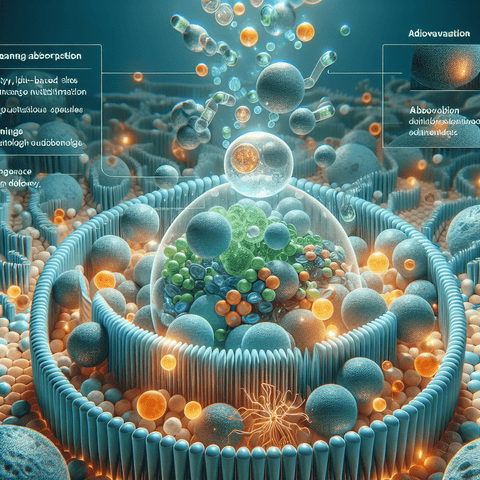it explores how liposomal delivery system design uses phospholipid vesicles to encapsulate payloads. the liposomal delivery system is built from a lipid bilayer that encloses an aqueous core, enabling hydrophilic cargo to reside inside and hydrophobic components to associate with the membrane. by adjusting lipid composition, surface charge, and vesicle size, researchers create a modular platform with different release profiles and stability characteristics. this architecture serves as a baseline for examining how nanoscale carriers behave across complex environments. within such environments, the liposomal delivery system interacts with interfaces that govern transport. the vesicle can fuse with cell membranes or be internalized by endocytosis, then release payload in response to triggers like pH changes or enzymatic activity. the physical properties—size, surface charge, membrane rigidity, and stabilizers such as cholesterol or PEG—shape how the carrier distributes, traverses networks, and maintains cargo integrity prior to release. the discussion stays at the level of mechanisms that influence payload availability across interfaces. precision targeting emerges through surface modifications: attaching ligands such as peptides, antibodies, or aptamers enables receptor- or environment-specific interactions. the liposomal delivery system can also employ stealth strategies to minimize nonspecific interactions, using polymers like PEG to modulate circulation behavior. together, these features enable more controlled localization patterns while preserving the vesicle’s core architecture. characterizing a liposomal delivery system involves a suite of measurements that reveal its properties and potential performance. techniques such as dynamic light scattering and electron microscopy assess size and morphology, while zeta potential provides surface charge. encapsulation efficiency and release kinetics quantify how much payload is contained and how it is released over time. such data help map connections between design choices and the observed behavior of the system under different conditions.



